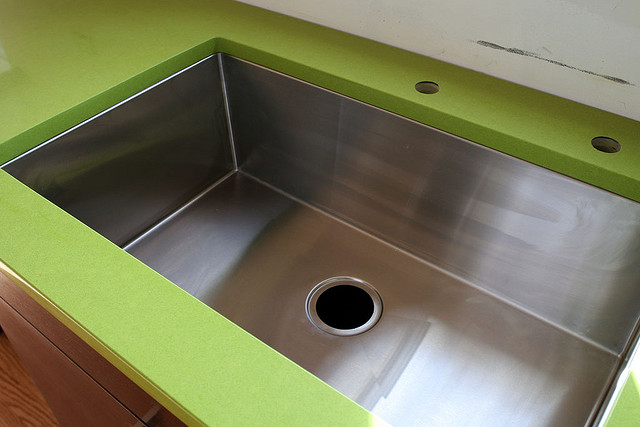Not every expenditure that benefits the debtor’s household or his family is a household expense.
And, if it’s not a household expense, it doesn’t get added to CMI in a single spouse bankruptcy filing.
That’s how the marital adjustment should work.
But it’s not so simple.
Household expense is not an expansive definition
During a NACBA presentation on challenges where only one spouse files, I wondered why I hadn’t seen what my co panelist Billy Brewer made so clear.
When only one spouse files bankruptcy, current monthly income includes only that part of the non filer’s income contributed to household expenses.
With his inimitable drawl, he drew a distinction between expenses associated with running the house, and expenses incurred for the benefit of the family. The later, he argued, are not household expenses.
Brewer successfully argued to the bankruptcy court and the district court on appeal in Gregory, that “household expenses” were confined to the expenditures on operating the family’s principal residence. The costs of fixing up a second property for sale were not expenses of the household, even though the marital community would benefit from the sale.
Ms. Gregory cites to the Fourth Circuit’s opinion in In re McGreevy, in which the court defined a similar term, “household goods,” as “those items of personal property that are typically found in or around the home and used by the debtor or his dependents to support and facilitate day-to-day living within the home, including maintenance and upkeep of the home itself.” 955 F.2d 957, 961-62 (4th Cir. 1992). By analogy, she argues that the expenditures made by her husband on their former residence during the six months prior to filing for bankruptcy were “for purposes of making the house more `sellable’,” and did not enhance the day-to-day living of the household. Lacking a “functional nexus” to the household, Ms. Gregory concludes that her husband’s expenses were not household expenses, and were properly excluded from the bankruptcy court’s section 707(b)(2) presumption of abuse analysis.
Deducting non filer’s personal expenditures not as advantageous
When BAPCPA was first enacted, I was on an early seminar panel on the means test. My co presenters, Doug Jacobs and now judge Fredrick Clement and I debated how the marital adjustment was to be applied.
One approach was to toss all of the non filer’s income into the CMI pot, and then deduct out those expenses of the non filer that did not support the debtor or the debtor’s dependents. That requires that you identify the things the non filer spends his or her income on that aren’t household expenses.
The assumption underlying the “all in” approach is that if it isn’t an identifiable expense attributable to the non filer, it’s being spent on the household expenses of the debtor and the debtor’s dependents.
Exclude everything except household expenditures
The alternative approach involves excluding all of the non filer’s income except the amounts spent on running the household. And household here focuses on the operation of the house.
In this approach, not everything that benefits the family supports day to day living within the home, the standard adopted in Gregory.
Prove it
Brewer addresses the evidentiary problem by having the prospective debtor and the non filer establish three bank accounts. Each spouse’s wages go into a separate account, and each contributes from their wage account an amount to the third account for the operation of the household.
Payments from that third account define the household expenses.
Our panel concurred that you probably have to have this arrangement in place for the means test look back period.
Another issue related to problems of proof has to do with credit card usage and debt service. As debtor’s attorney, you need to know whether credit cards are being used in this period for household expenses or not. Further, you need to filter out amounts paid on credit cards as debt service on prior expenditures.
I’m changing my approach to this issue based on what I learned at the NACBA convention.









